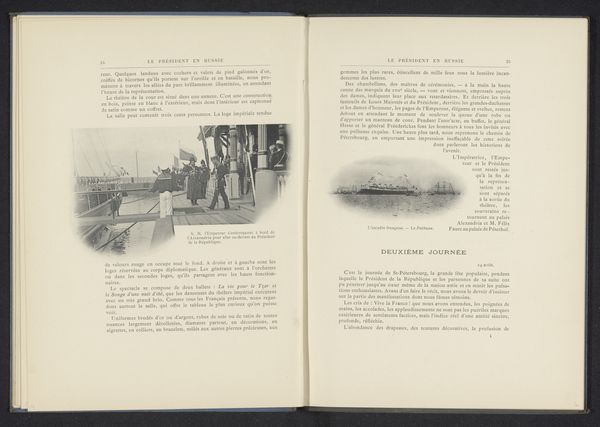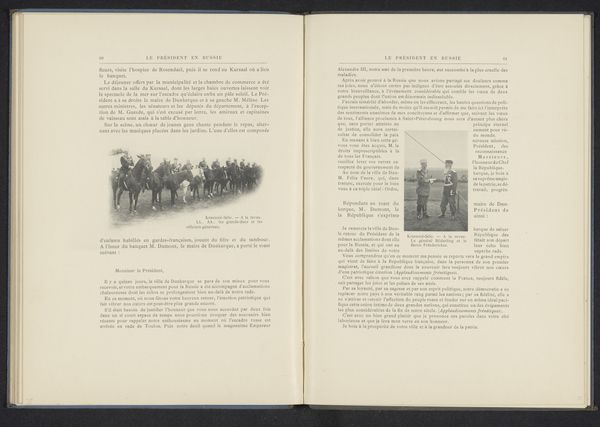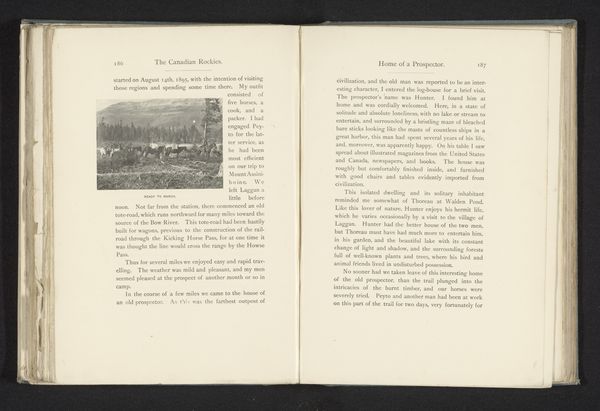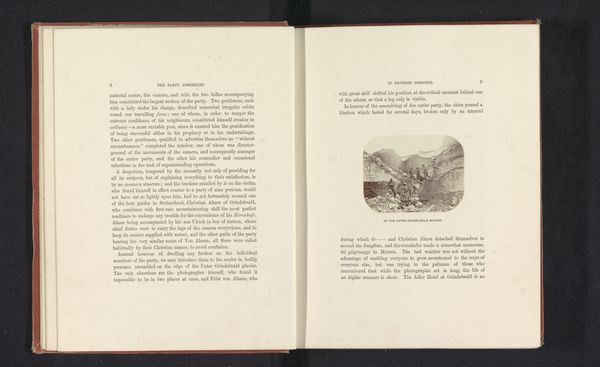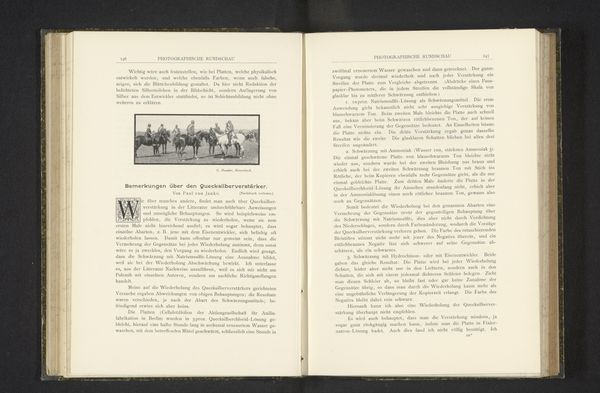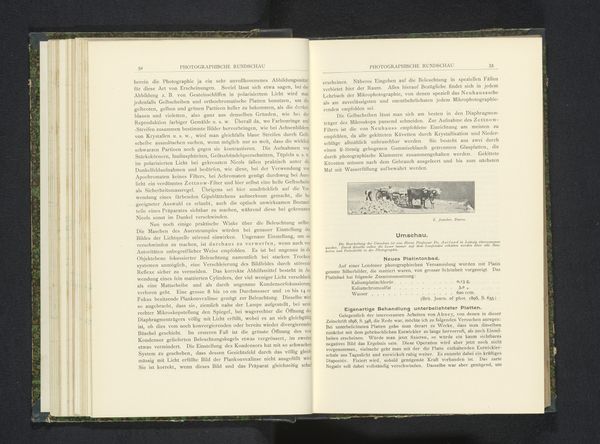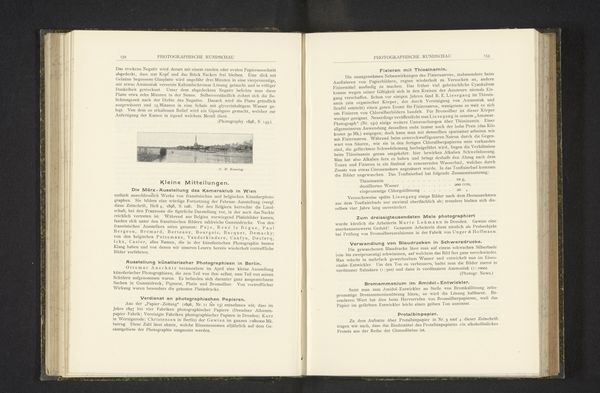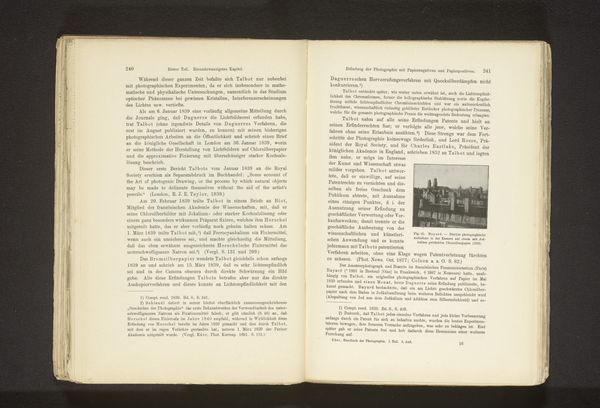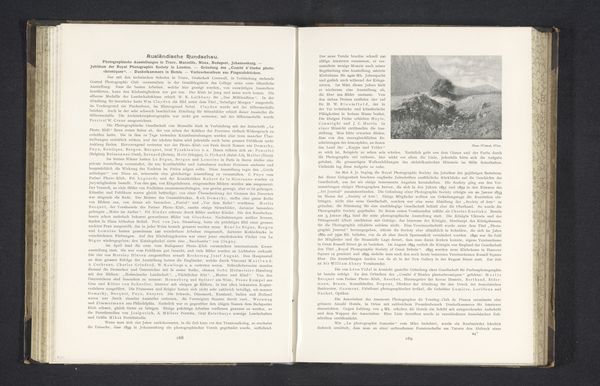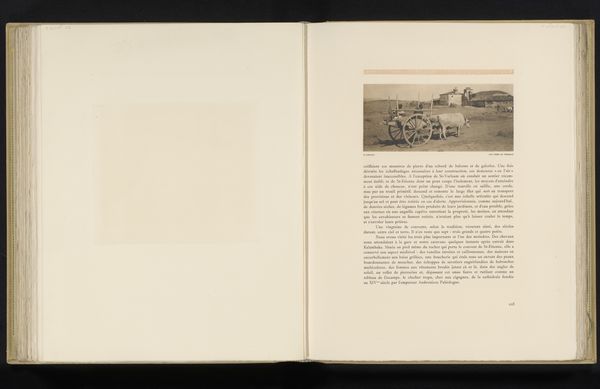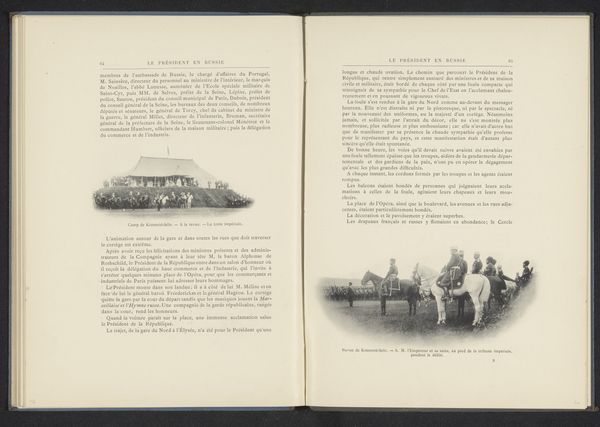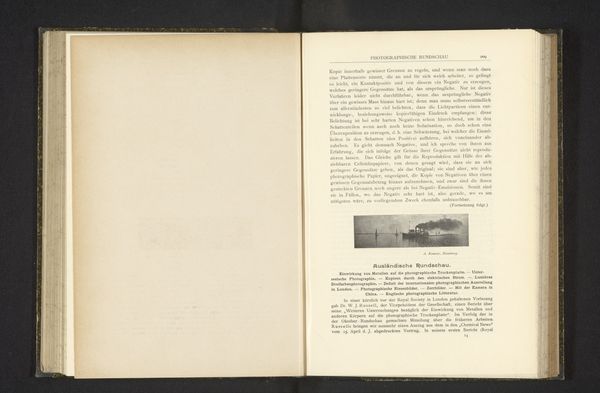
print, photography
#
portrait
# print
#
photography
#
orientalism
#
history-painting
#
modernism
#
realism
Dimensions: height 63 mm, width 72 mm
Copyright: Rijks Museum: Open Domain
Curator: Let's begin. Editor: Here we have an 1897 photographic print titled "Opstelling van de erewacht te Sint-Petersburg". It's a pretty straightforward image of soldiers, but something about the way the image is reproduced in print is what catches my eye. How might we approach reading this image? Curator: This image speaks to me about the intersection of power, labor, and technological advancement. We must consider the means of its production. As a print, it’s been mechanically reproduced, democratizing access to a depiction of Russian imperial power. Editor: That's a very interesting way to put it. Curator: Yes, but consider further the labor involved. Someone meticulously photographed this honor guard, carefully arranging them, followed by the processes of etching, and finally, printing. The image flattens the complexity of these steps into something seemingly straightforward. Doesn’t that strike you? The contrast between the grand spectacle of the guard and the mundane, industrial process is interesting. Editor: I see what you mean. It's like the image itself is participating in the display of power, almost reinforcing that social structure just by existing as a printed document. What about the stylistic classification as Orientalism and Realism? How does this blend together with the photographic reproduction? Curator: The lens through which the West perceived Russia at this time shapes the image. Realism is only partial; choices of staging, lighting, and circulation all add to a specific constructed image of Russian power, perhaps viewed through an Orientalist gaze. How might the modernism tag apply, then? Editor: Perhaps in the reproduction process itself? Breaking down previous methods of representation, bringing a more real life viewpoint. Curator: Exactly. It moves beyond just representation to engage with the industrial processes that define modern life, thereby implicating this photograph in global networks of production and consumption. Editor: So we’re not just looking at an image of soldiers, but also at a product of specific technologies and labor practices that contribute to its meaning. I'll never be able to view this the same way again! Curator: Indeed. Art isn’t just about aesthetics, it's about the social relations embedded in its making.
Comments
No comments
Be the first to comment and join the conversation on the ultimate creative platform.
